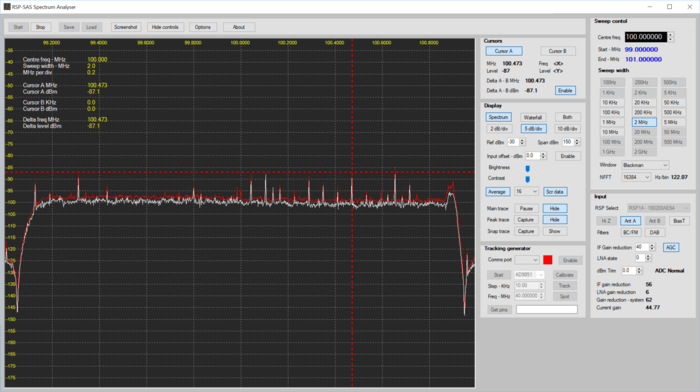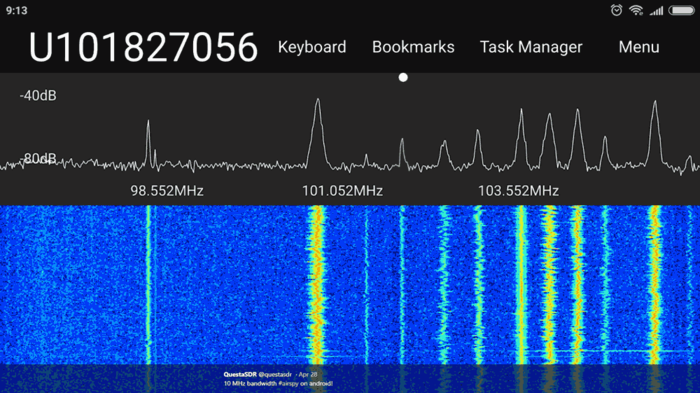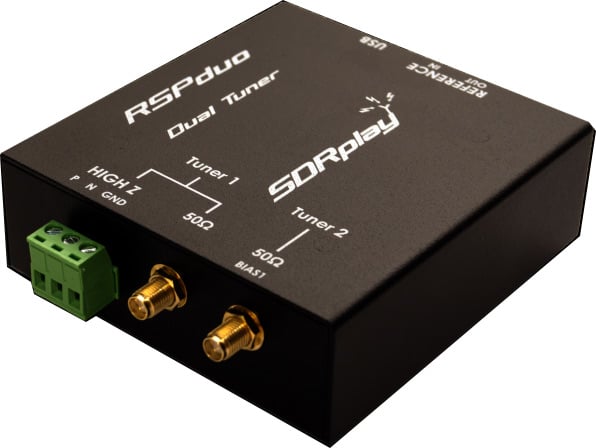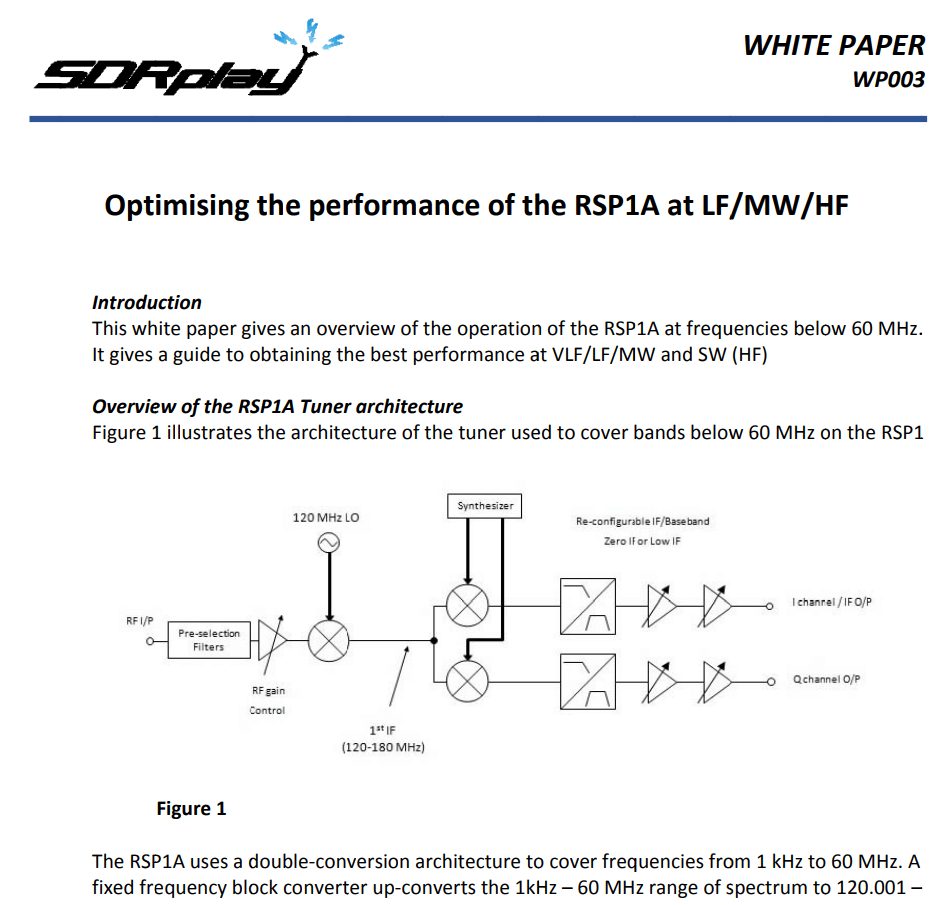SDRplay have recently released a PSA noting that a consignment of RSP-1A's was stolen from their manufacturing partner. This is important as SDRplay have decided to blacklist the serial numbers from this stolen consignment, and so the stolen units will not work at all, or may only work with a small number of programs. You may then be stuck trying to obtain a refund from the thief, although we believe that SDRplay would most likely help get you a legit device if you purchased a stolen one unknowingly. They write:
It has come to our attention that a consignment of RSPs that was recently stolen from our manufacturing partner have appeared for sale on eBay.
If you have any of the following devices and have purchased them from a non-approved reseller of SDRplay products, please contact [email protected] and also contact the seller requesting a refund as the devices appear to have come from a stolen consignment of goods.
Please be aware that we have now black-listed the above serial numbers [see the original forum post for black list serials] and these devices will not work at all or will only work with a very restricted range of software. Anyone with any of these devices will not receive any form of support or technical assistance from SDRplay.
We are aware that the following eBay sellers have been selling devices from the stolen consignment:
https://www.ebay.co.uk/usr/greenfields1001 (formerly listed as mansnothot01)
https://www.ebay.co.uk/usr/connie68purple
Whilst we recognise that the above resellers may well have purchased the devices in good faith and in complete innocence, they have thus far failed to cooperate with us by explaining where they obtained the devices from. We will therefore be forwarding on their details to the Police so that they can investigate further.
We strongly recommend that people only purchase new devices from an authorised SDRplay distributor or reseller. A full list of authorised sellers is available from our website at:
https://www.sdrplay.com/distis.php
Thank you
Admin – SDRplay Ltd
It is a good time to also remind that there are many scam sellers on eBay. There are often fake listings for RTL-SDR dongles too, with scammers selling our RTL-SDR V3 for $10. These are simply fake listings and not stolen products. Those sellers rely on baiting people into purchasing at the lower price, and then they simply take the money and run. Normally PayPal or eBay will eventually refund you, but the dispute process could take several months. The real eBay account for our RTL-SDR products is "rtl-sdr-blog".
Update: SDRplay released a second statement just now mentioning why the blacklist was undertaken.
Further to our previous post on this matter, what people will not yet be aware of is that we also had a consignment of the new product that is due to be announced tomorrow stolen. We have had three separate consignments stolen and devices from all three have turned up on the same ebay account and so this suggests that a single person is responsible for all three thefts.
The decision to blacklist devices was taken to target the as of yet unsold devices to render them worthless and to make it pointless for the thieves to attempt to sell them. Of the consignment of RSP1As and RSP2pros, we have reason to believe that the majority remain unsold and so we took this action to render them worthless and deter the thieves from attempting to sell them.
By making this public in the way we did, we are giving the following messages:
1. We have end to end traceability of our products from the point of manufacture to the point that they reach our seller. If any are stolen, we will know and we will know the serial numbers of the devices taken.
2. Via the serial numbers we can render these devices worthless and so there is no point in attempting to sell them. The unwitting purchaser will become aware that they have received a stolen device and will want their money back.
3. Because we can make these devices worthless, there is no point in stealing any more of our products.
We made public the serial numbers of the RSP1As and RSP2Pros public and very clearly asked anyone who may have purchased one of these devices (believing them to be genuine) to contact us. Those that do and assist us in tracking down the thieves will be treated VERY sympathetically.
We will NOT penalise innocent people so that assumption that this is our intent is frankly WRONG!!
Our objective here is to gather as much information as possible so that it can be forwarded to the relevant law enforcement agencies to assist them in tracking down the culprits.
Some of the comments that we have seen on this subject by ill-informed people are massively wide of the mark. We have a responsibility to gather as much information as possible and forward it to the relevant authorities. We have also suffered a considerable financial loss, not just in terms of the cost of the goods, but also in terms of the lost sale opportunities. Some of the comments that we have seen regarding insurance cover are equally ill informed. For insurance claims to be taken seriously, you have an obligation to report the thefts and take all possible steps to assist in the recovery of the stolen goods that that is precisely what we are doing.
Finally, we have NEVER said that we will "brick" the devices. That is an incorrect assumption that has been made. Blacklisting and 'bricking' are two quite different things.



